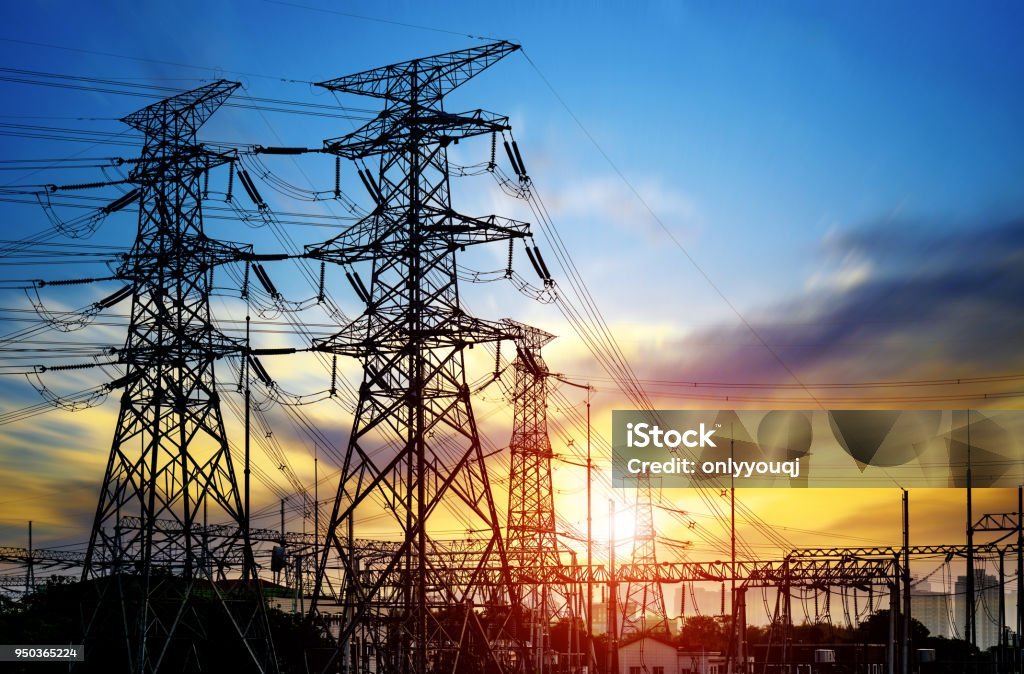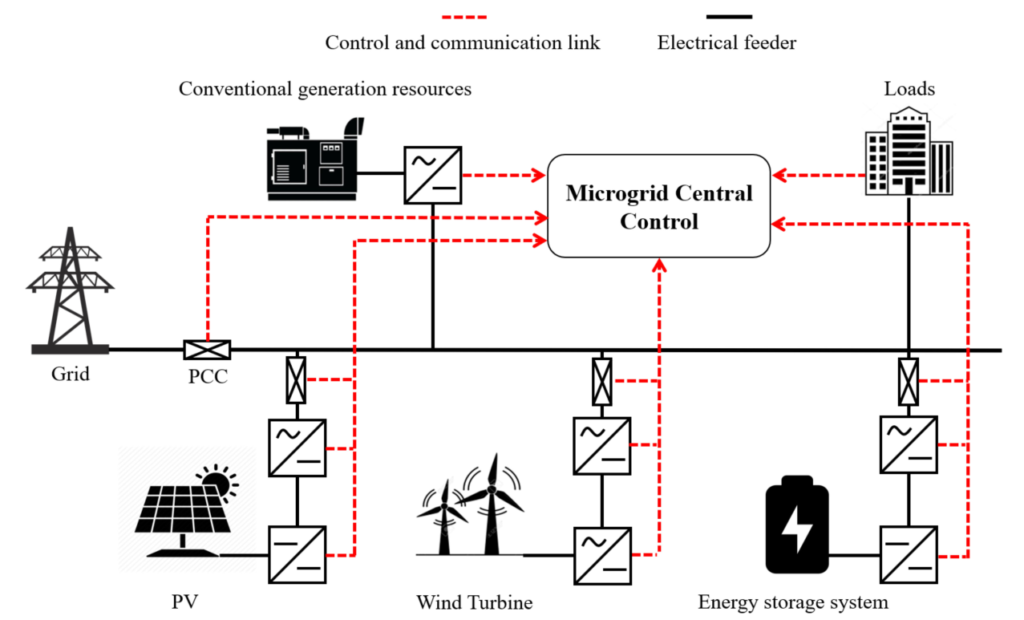Power grids are expected to undergo significant change in operation as more non conventional sources of energy being integrated into it. While the broad goal is to reduce greenhouse gas emissions, it is important to recognize that many such sources are not very deterministic and hence cannot be relied upon to give power as and when needed. A grid that is powered increasingly by such sources could become difficult to operate and, as has been seen in countries rich in renewables like Germany, can break into islands. For resilience and sustainable operation, it is therefore necessary that power grid structures be developed that provide for an interconnection of stable microgrids. Microgrids are also a better way of providing electricity supply to remote communities, and there is considerable activity around the world that is happening in this area.
However, for sustainable operation of these, the technologies involved cannot be a one solution-for-all option. Multiple source technologies will need to be developed focussing on economy for the scale and geography of installations. A mountainous region could typically make better use of wind and micro-hydel, while an urban area could make better use of solar and waste as sources. Wind as a source could be dependent on geography. Power electronics and suitable generator designs would be the enabling technologies. Suitable forecasting arrangements might help in reducing storage costs with intelligent demand response as well.
While microgrids are currently deployed in many places around the world, a study of them reveals that implementations are heavily dependent on either diesel-generator sets or battery storage. Other sources are generally minor in comparison. A more quantitative comparison is given further below. Increasing the share of other sources would involve study of stability issues, control of power electronics interfaces, and other demand response possibilities.
Further, microgrids currently in operation are by and large single owner installed. Multi-owner based microgrids would have to deal with issues of billing / maintenance as well. Operation of such microgrids, and indeed even single owner installed, should be adequately supported by regulations and policies. This involves risk assessment in case of emerging technologies, and economy of scale and returns assessment even if technologies are mature.
Literature and references are dominated by the installations and developments in the western part of the world. The approach to microgrids in the west has typically been to reduce carbon footprint, and provide energy security. The emphasis has therefore been on large storage, sufficient backup in terms of diesel generators, and the addition of renewables, CHP plants to reduce the consumption of fossil power, which would have been consumed otherwise. Kaitlyn Bunker et al [1] include several case studies from which it can be seen that the Diesel genset is a key component of the system and is sized to meet the peak demand by itself. Another article in the PV magazine [2] brings out this fact in the installations cited. Then there are other renewables and storage added.
There are several installations around the world which are classified as microgrids in varying power levels. An analysis of several of these reveals the following interesting picture regarding the type of energy sources used. In the figure, the x-axis denotes a type of source, while the y-axis indicates the capacity of that source used in a particular location (location being indicated by colour). It may be noticed that Diesel-Generator Systems form the mainstay of such microgrids being the most widely used source technology, with the next widely used system being PV. The stark difference in quantum of usage may be noted. Looking at the number of sites using DG sets, PV and storage (Fuel Cells / Batteries), it can be seen that PV and storage form a small portion of the capacity, and the two are quite possibly strongly related.

There are also many institutes around the world working on this topic. Cagano et al. [3], give a listing of these and remark that even though many challenges in the technology aspect have been addressed in research labs, practical implementations of these are still at an initial stage. Design of microgrids is still a task that requires much work. Further, the uniqueness lent to a microgrid system by the size, topology, type of sources used, and protection mechanisms, vary with installation and renders the task difficult. The task is made more complicated if the energy sources are distributed and is not having a stable dispatchable source like a DG set.
The member faculty of this team have been, individually, working on a wide variety of technologies that could find a useful consummation in a microgrid. There is potential for advancement of state of the art and societal impact by bringing these developments together. Keeping in mind these aspects, the microgrids team from IITM proposes to support the following multidisciplinary aspects.
1) Focus efforts on the development of source technologies for operation of microgrids in the range of 250 kW. Keeping in mind diverse geographies in a country like India, suitable technologies for
a) Micro-hydel
b) Wind
c) Waste to Energy
d) Microgas turbine
e) Thermal – from solar and others
f) Battery storage
g) PV
to suit microgrids in industrial, urban, mountainous, desert, and small island settings.
2) The technologies to be developed will be examined in terms of carbon footprint, cost – capex and opex, and on account of sustainability.
3) Analysis of operational methodologies of microgrids, risk analysis and regulatory, policy interventions needed will be carried out.
4) Where the geographical spread of the grid is larger, it would become necessary to have a medium voltage backbone in order that grid is more efficient. This also has the potential to bring in new innovations in grid structure, like the use of solid state transformers.
It is expected that development of these would lead to laboratory / campus scale implementations as proof of concept and further as pilot studies in suitable sites. The group of faculty involved are already working in specific verticals pertaining to such a system and this provides an opportunity to take independent research works into a complete system, thus maximising the impact potential of work done.
Author: Prof Krishna Vasudevan who leads a multidisciplinary team of Indian Institute of Technology, Madras
References
[1] Bunker, Kaitlyn, Kate Hawley, and Jesse Morris. Renewable Microgrids: Profiles from Islands and Remote Communities Across the Globe. Rocky Mountain Institute, November 2015. << http://www. rmi.org/islands_renewable_microgrids >>
[2] Mirco Sieg, The long read: Around the world in nine microgrids, PV Magazine, Nov 2019
[3] Cagano et al., Microgrids: Overview and guidelines for practical implementations and operation, Applied Energy, (258) 2020, pp. 1- 18



